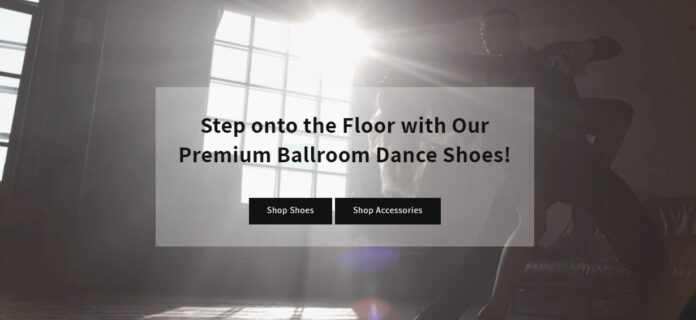Choosing the right dance shoes is crucial for any woman passionate about dancing. Whether you are a seasoned dancer or just starting out, the right footwear can significantly improve performance, comfort, and safety. Dance shoe experts from ballroomshoes.com advise women to ensure they have the right dance shoes if they want a great dancing experience.
Dance shoes are more than just a fashion statement; they are vital to your dance attire. The right shoes provide the necessary support, flexibility, and grip, allowing you to perform various dance moves with precision and ease. They also help prevent injuries, which are common in dance due to the intense physical activity involved.
Help to Pick Women’s Dance Shoes
With the right information, you can pick the right dance shoes for a beautiful experience. Here is a comprehensive guide to help you pick the perfect dance shoes tailored to your needs and preferences:
-
Types of Dance Shoes
Different dance styles require different types of shoes. Therefore, women must seek to pick the shoe designed to match the kind of dance they want to undertake. Here are some of the most common types of dance shoes to try:
- Ballet Shoes: Typically made from canvas or leather, ballet shoes have a snug fit and a thin sole that allows for maximum flexibility and contact with the floor. Pointe shoes, a subtype of ballet shoes, are suitable for advanced dancers to perform on their toes.
- Jazz Shoes: These are leather-type dance shoes with a split sole for greater flexibility. Jazz shoes often feature a small heel and a rubber sole for better grip and shock absorption.
- Tap Shoes: Characterized by metal plates on the heel and toe, tap shoes produce the distinctive sound associated with tap dancing. The fit should be snug but not too tight, allowing for some movement of the toes.
- Ballroom and Latin Shoes: These shoes have a suede sole that allows for smooth gliding across the floor. Ballroom shoes generally have a lower heel, while Latin shoes feature a higher, more pronounced heel to accentuate hip movement.
- Hip-Hop and Street Dance Shoes: Often resembling athletic sneakers, these shoes provide ample cushioning and support. Their design can withstand the vigorous and high-impact movements typical of hip-hop dance.
-
Choosing the Right Fit
Shoes that are too tight can cause blisters and restrict movement, while those that are too loose can lead to accidents. Here are some tips for finding the perfect fit:
- Try Before You Buy: Try on dance shoes in person whenever possible. Walk, jump, and perform a few dance moves to ensure they feel right.
- Consider the Material: Leather shoes tend to stretch and mold to your feet over time, while synthetic materials may not. Factor this into your decision when choosing the size.
- Heel Height: Choose a heel height for ballroom and Latin dance shoes that matches your comfort and experience level. Beginners may prefer lower heels, while experienced dancers might opt for higher ones for better movement and aesthetics.
- Toe Space: Ensure there is enough space for your toes to wiggle slightly. This prevents cramping and allows for natural foot movement.
- Arch Support: Look for shoes that offer adequate arch support, especially if you have high arches or flat feet. This can prevent dancing fatigue and improve overall performance.
-
Material Matters
The material of the dance shoes plays a significant role in their performance and durability. Here is what comes with each material:
- Leather: Durable and flexible leather shoes are popular for many dance styles. They offer a snug fit that improves with wear.
- Canvas: Often used for ballet shoes, canvas is lightweight and breathable. However, it may not be as durable as leather.
- Suede: Commonly used for the soles of ballroom and Latin dance shoes, suede provides the right amount of grip and slide on dance floors.
- Rubber: Used in jazz and hip-hop shoes, rubber soles offer excellent grip and cushioning, making them ideal for high-impact dances.
Final Thoughts
Selecting the right dance shoes is essential to a dancer’s journey. By understanding the different types of shoes available, ensuring a proper fit, choosing the right materials, and maintaining them well, you can enhance your dancing experience. Remember, the right pair of shoes complements your style, protects your feet, and enhances your performance. Therefore, invest wisely and dance confidently!





